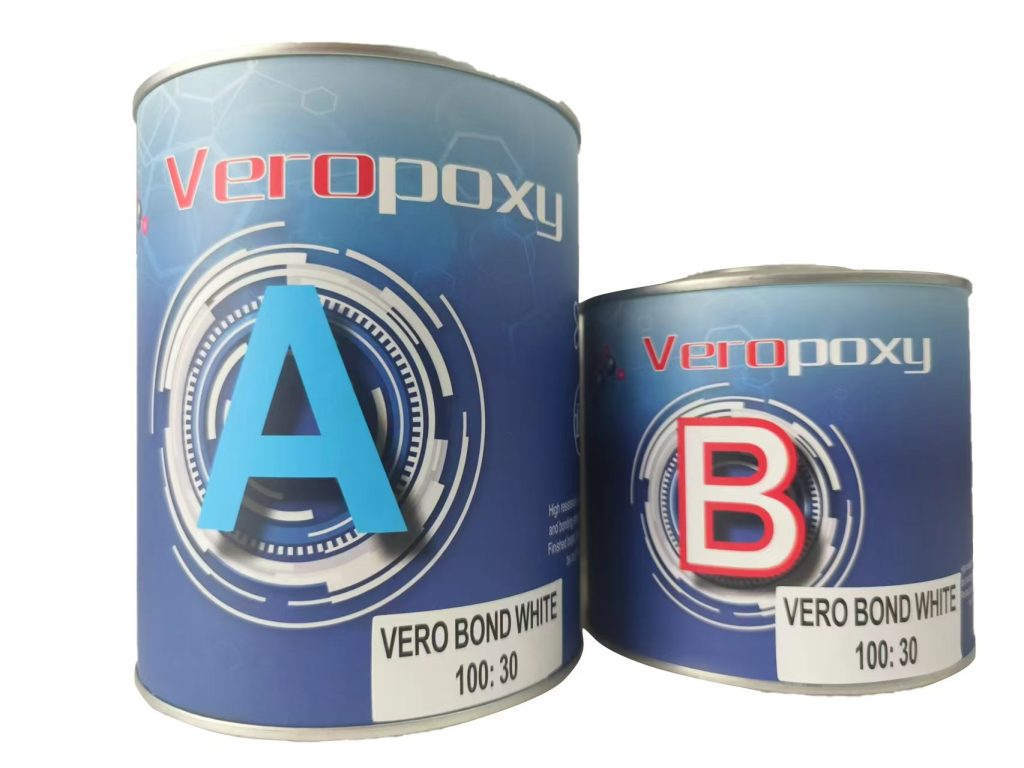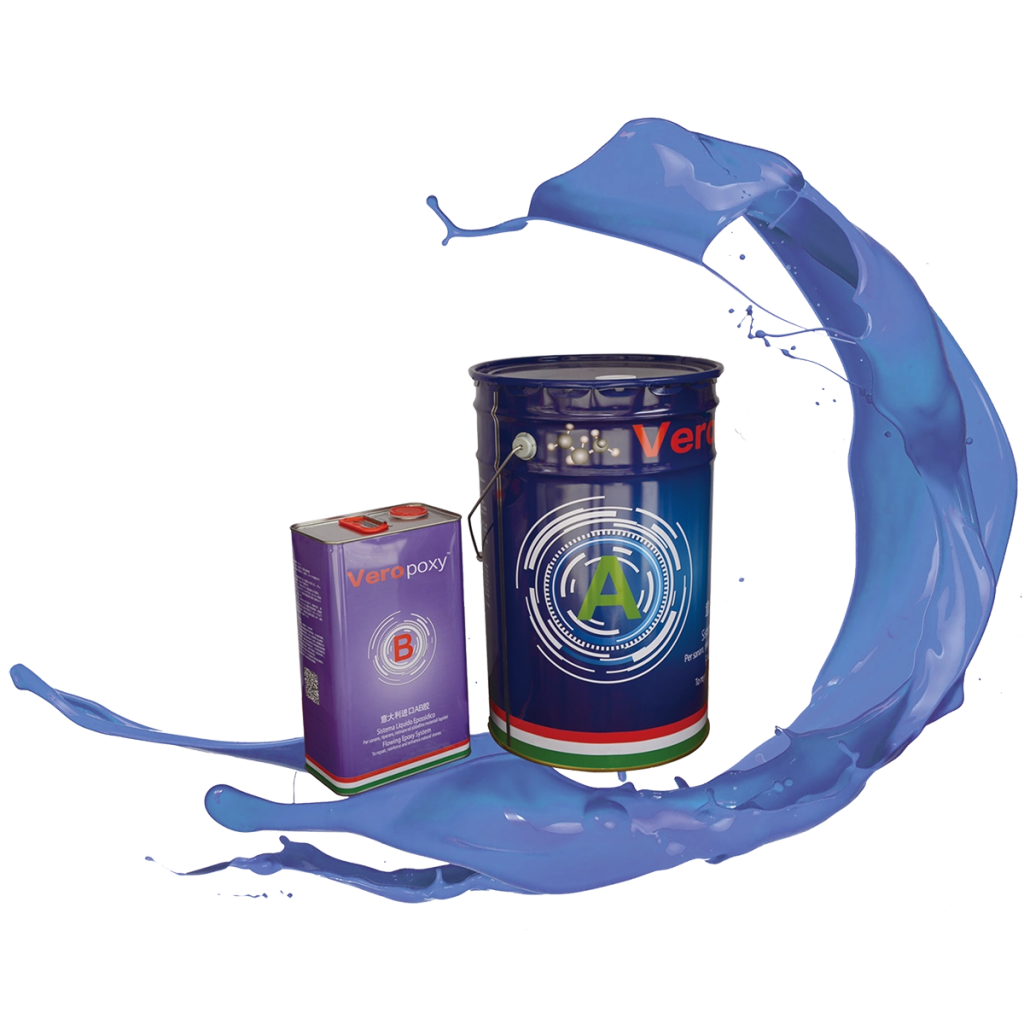Epoxy resin is a marvel in the world of stone surfaces, giving countertops, tiles, and decorative stones their incredible shine and protection. But everyone who has ever perused the aisles of a hardware store or clicked through online buying pages will have observed: epoxy resin is not cheap. Why is this essential for stone coating product so expensive? This post will discuss the elements causing epoxy resin’s cost to rise, especially in relation to stone surfaces, and why its value could make the investment justified.

Epoxy resin
The High Cost of Quality Raw Materials
At the core of any product’s price is its ingredients, and epoxy resin is no exception. Especially the type used on stone, high-quality epoxy resin calls for premium raw materials—often petroleum-based—which are not cheap. These components help to guarantee that the resin resists time and exposure without yellowing or cracking, so contributing to its strength, durability, and clarity. Additives included in epoxy resin also help it to be UV-resistant, non-toxic once cured, and compatible on many surfaces including granite, quartz, and marble.
The purity and specificity these raw materials demand mean manufacturers must find them from reliable suppliers, which greatly raises manufacturing costs. Epoxy resin prices are sometimes steep compared to more conventional or generic adhesives and coatings mostly because of this premium raw material basis.
Complex Manufacturing Process
Making epoxy resin is more difficult than combining a few molecules. The resin and hardener’s complex chemical reactions during manufacturing call for exact temperature control and timed processing. The two-part chemical reaction that provides epoxy resin’s remarkable strength and durability is what Achieving the right formulation and consistent product quality, however, calls for specialised tools and educated professionals that increase manufacturing expenses.
Certain types of epoxy resins, particularly those intended for stone applications, also need thorough testing to guarantee their adhesion, abrasion resistance, and temperature change withstandability. Every stage in this thorough manufacturing process adds labour costs and time, which finally show up in the price of the product.
Epoxy Resin for Stone: Added Benefits Come at a Premium
Designed especially for stone surfaces, epoxy resin must surpass standard epoxy. Particularly those used as counters or exposed to outdoor elements, stone surfaces call for an epoxy resin particularly strong against moisture, heat, and UV damage. Granite and marble stones also require a resin that will improve and guard their natural colour and shine over time rather than change them. Manufacturers sometimes include more sophisticated components, such UV inhibitors to stop yellowing, flexibility enhancers to prevent cracking, and a thicker viscosity for deep bonding, to meet these particular needs.
These customised additions mean that the epoxy resin you are purchasing for stone surfaces is far more specialised than ordinary epoxy resins for general use in crafts. These special qualities make epoxy resin for stone a specialised good, something not cheap.
Environmental and Safety Regulations
Epoxy resins comprise compounds that have to be handled and disposed of correctly. Particularly in homes on counters and tables, the sector is under tight rules that guarantee these products are safe for users and the environment. Although laws vary around the globe, compliant manufacturers make investments in extra testing and safe manufacturing techniques to prevent toxic residue and damaging emissions. Although costly, these safety and compliance initiatives are essential to make sure epoxy resins satisfy environmental and health criteria.
Products with non-toxic formulations or lower VOCs (volatile organic compounds) usually cost more to manufacture as well. Many epoxy resins intended for stone are low-VOC, or VOC-free to guarantee they’re safe for indoor use, especially in kitchen or bathroom areas where surfaces come into touch with food, water, and skin. Another element increasing the cost is making sure epoxy resins are safe for use on stone surfaces.
The Price of Durability and Aesthetics
Stone applications call for epoxy resins not only for their adhesiveness but also for their beauty. While offering a degree of gloss and smoothness difficult to reproduce with other materials, a high-quality epoxy finish accentuates the natural look of the stone. And if you’re working with valuable stones like marble or quartz, you really should buy a resin that will keep them looking flawless.
Epoxy resins give the stone amazing lifetime by providing a virtually perfect finish that resists chipping, staining, and scratching. This increased longevity helps consumers avoid expensive repairs and maintenance over time, so justifying the initial cost.
Long Shelf Life and Storage Requirements
Although epoxy resin keeps well if stored correctly, its performance can change with temperature or humidity. To preserve product integrity, manufacturers and stores of epoxy resin must thus keep stable surroundings free from moisture and temperature swings. These storage needs, especially for mass production and distribution, add to the total cost of introducing epoxy resin into the market.

Epoxy Resin
While epoxy resin for stone surfaces can come with a hefty price tag, it’s easy to see why. This product is quite effective but also costly because of the cost of premium raw materials, the complex manufacturing techniques, and the need of advanced qualities like UV resistance and durability. Excellent epoxy resin can offer long-lasting protection and improved looks for those making investments in gorgeous stone counters, flooring, or art. Ultimately, the price of epoxy resin represents not only the components or techniques but also the peace of mind that your stone surfaces will remain beautiful and strong for many years to come.
Post time: 11 月-11-2024

